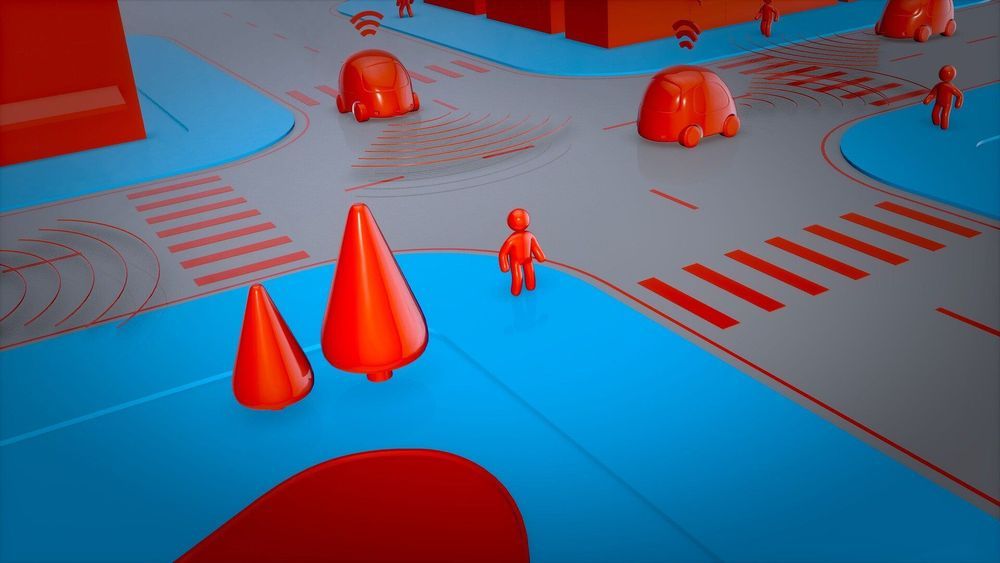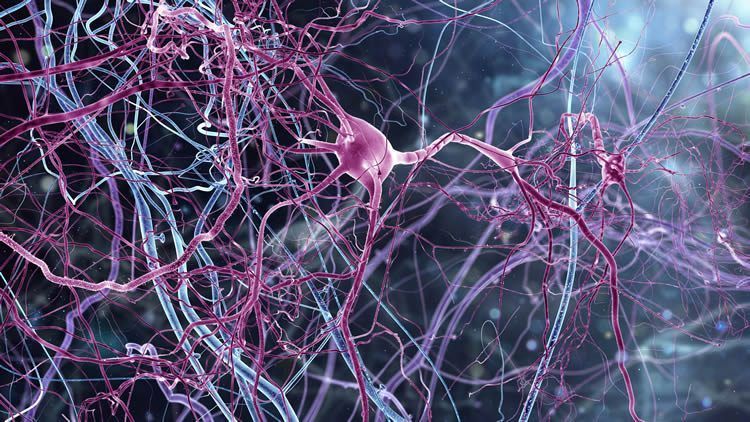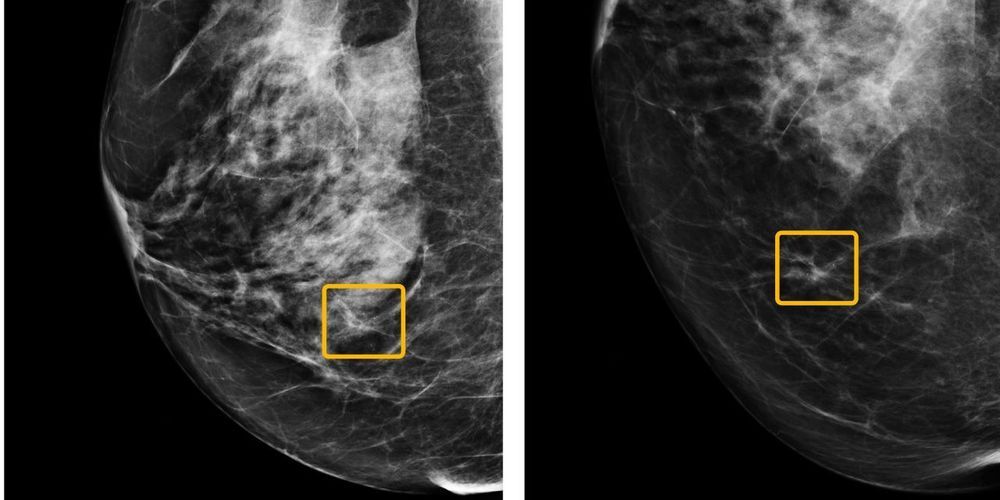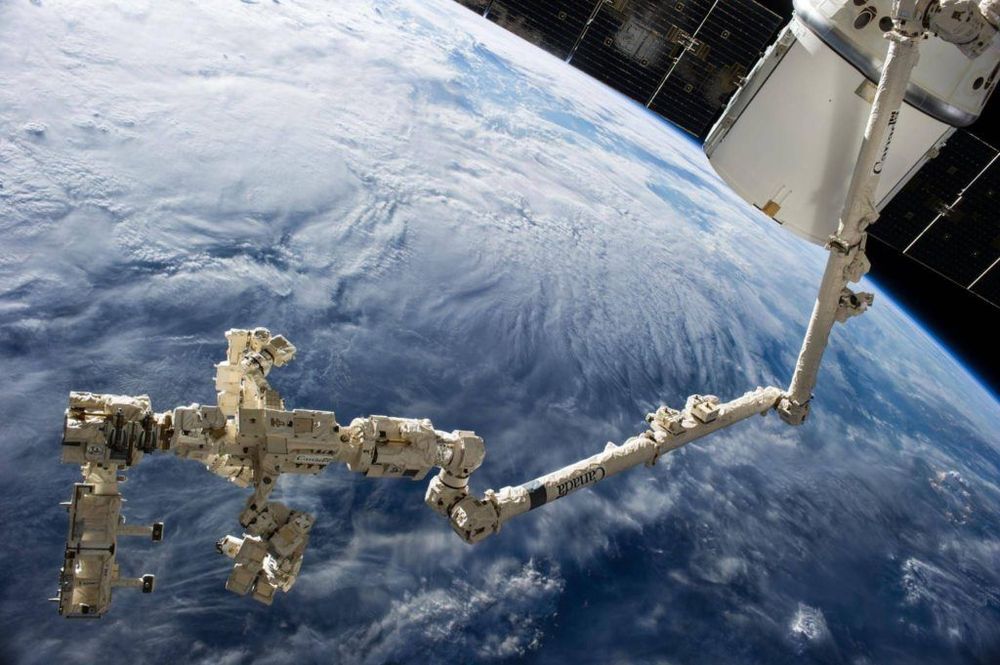If you drive along the main northern road through South Australia with a good set of binoculars, you may soon be able to catch a glimpse of a strange, windowless jet, one that is about to embark on its maiden flight. It’s a prototype of the next big thing in aerial combat: a self-piloted warplane designed to work together with human-piloted aircraft.
The Royal Australian Air Force (RAAF) and Boeing Australia are building this fighterlike plane for possible operational use in the mid-2020s. Trials are set to start this year, and although the RAAF won’t confirm the exact location, the quiet electromagnetic environment, size, and remoteness of the Woomera Prohibited Area make it a likely candidate. Named for ancient Aboriginal spear throwers, Woomera spans an area bigger than North Korea, making it the largest weapons-testing range on the planet.
The autonomous plane, formally called the Airpower Teaming System but often known as “Loyal Wingman,” is 11 meters (38 feet) long and clean cut, with sharp angles offset by soft curves. The look is quietly aggressive.







